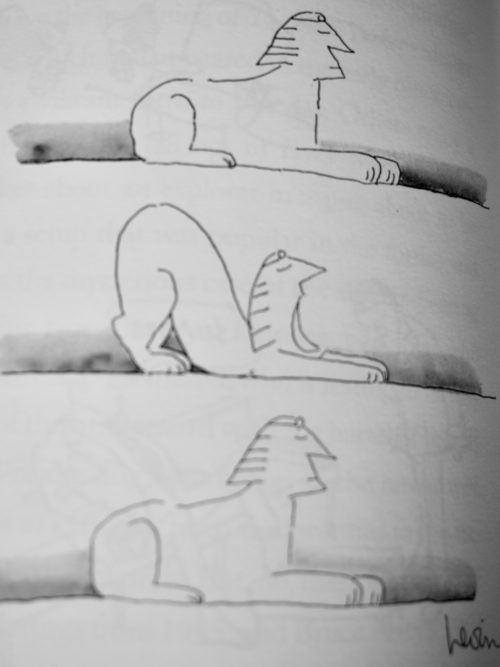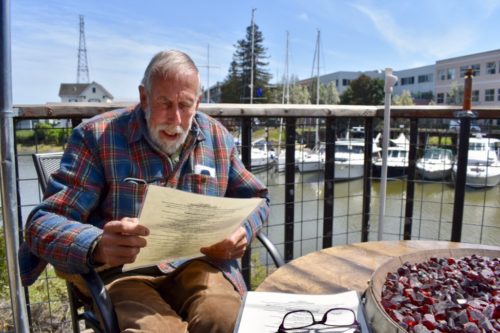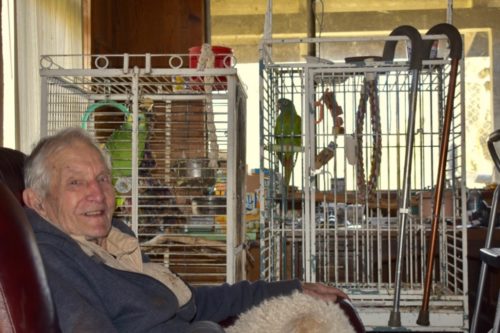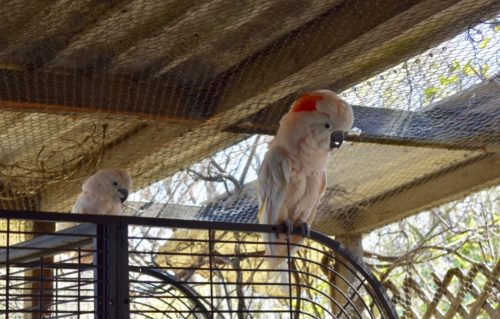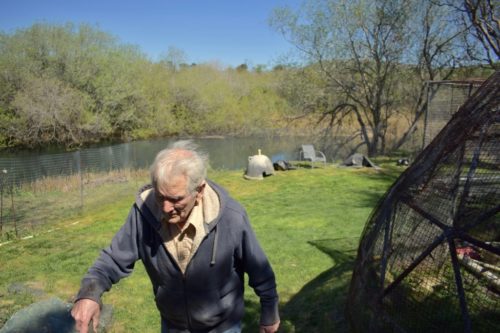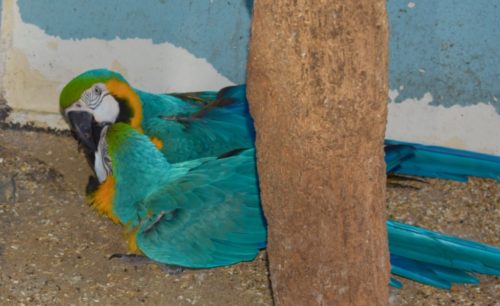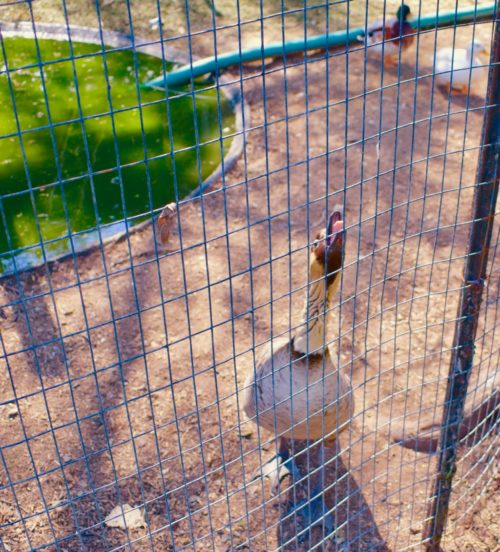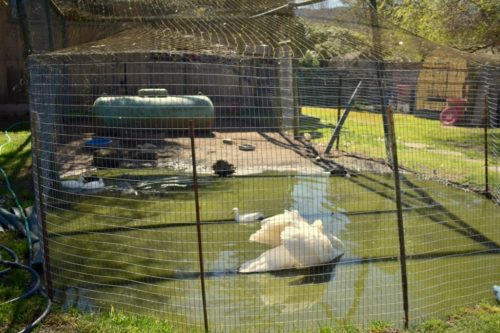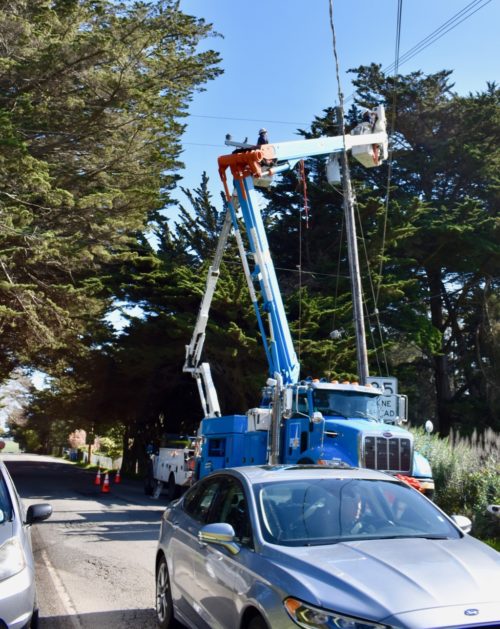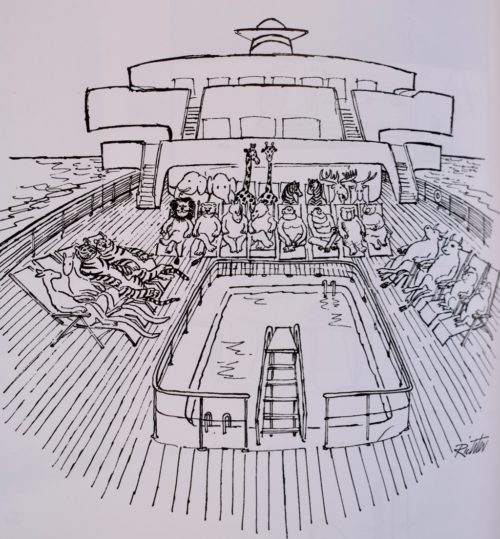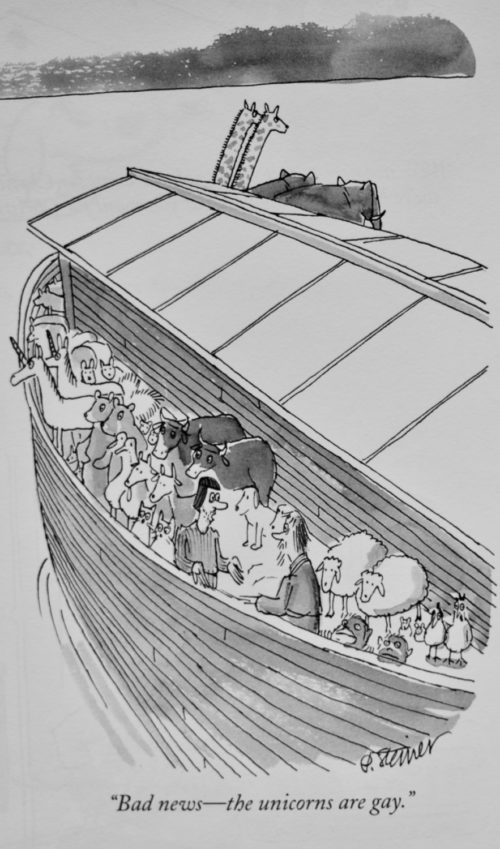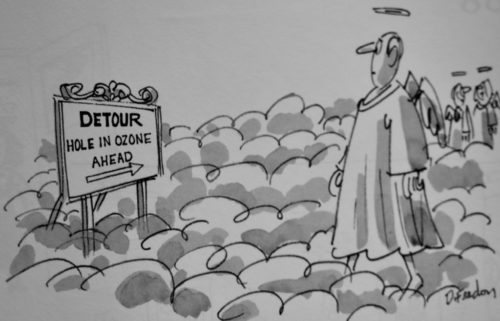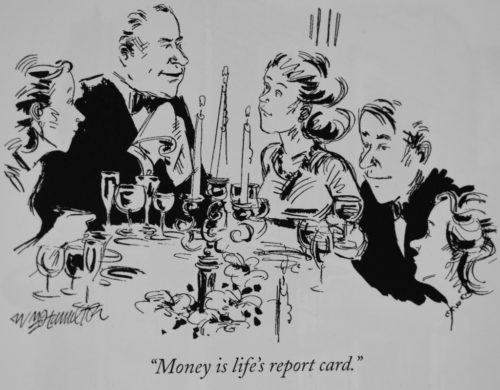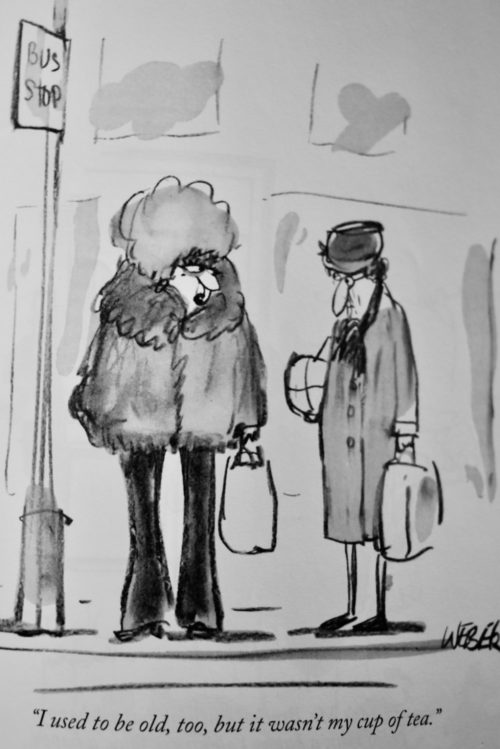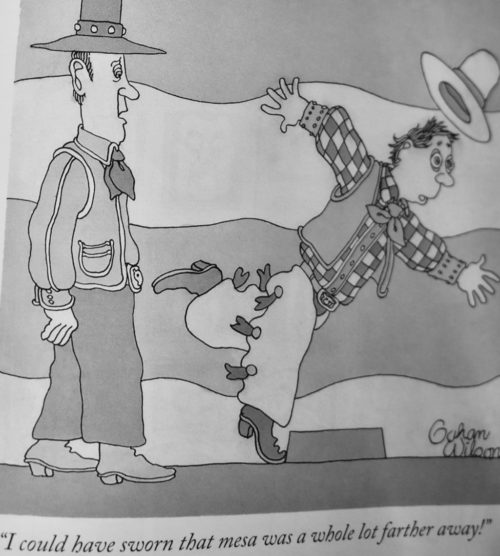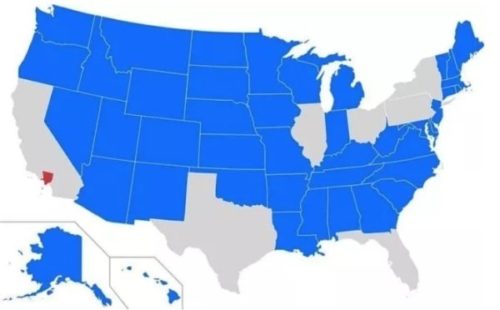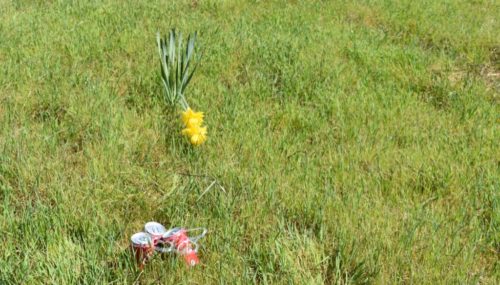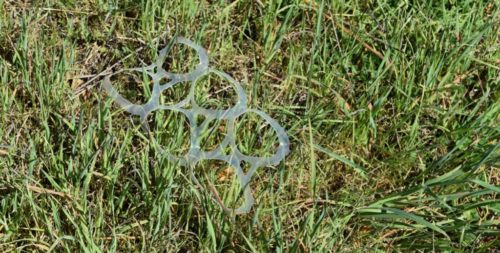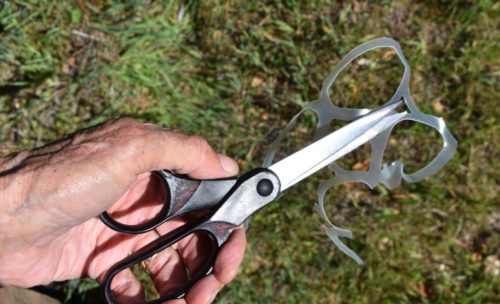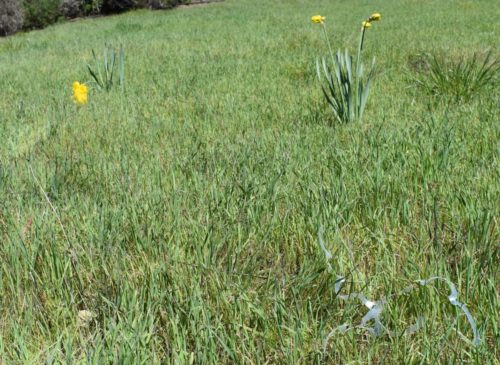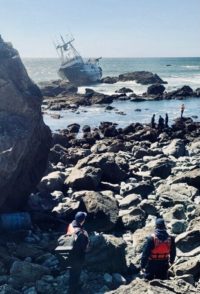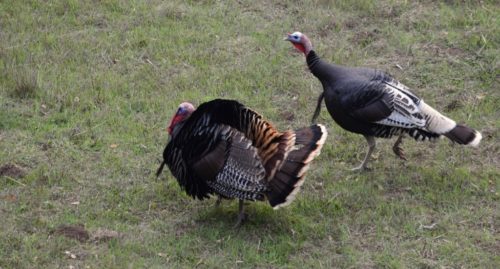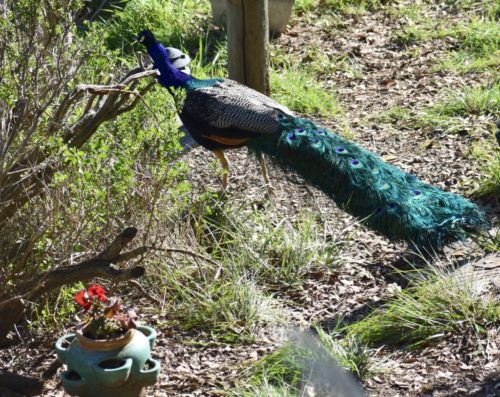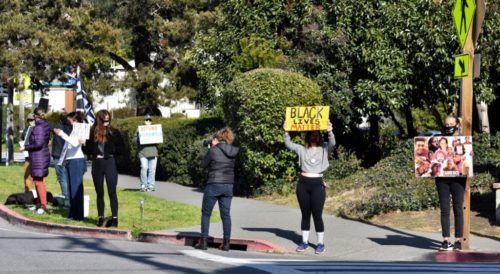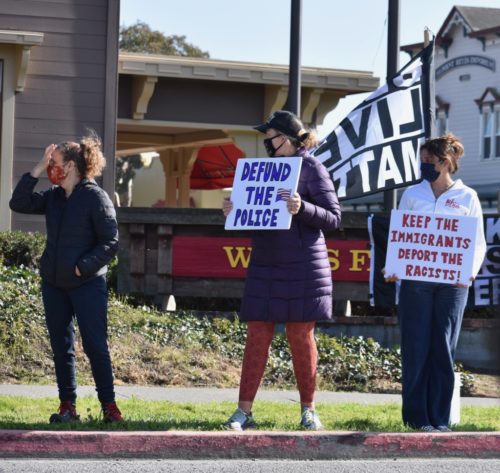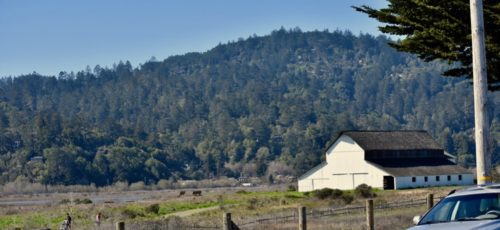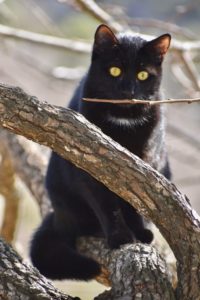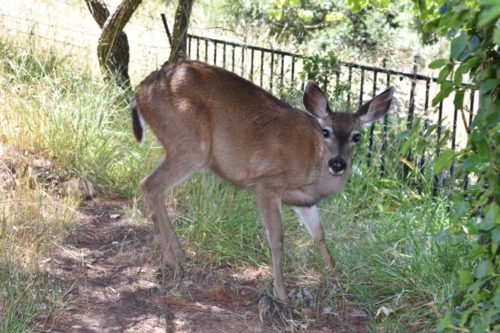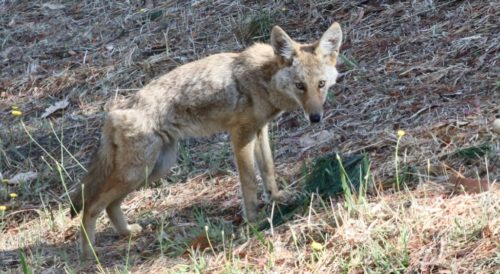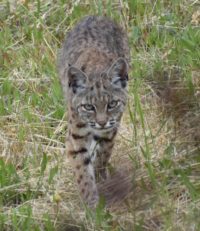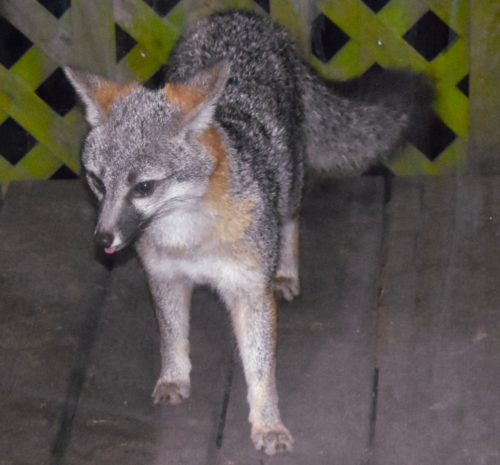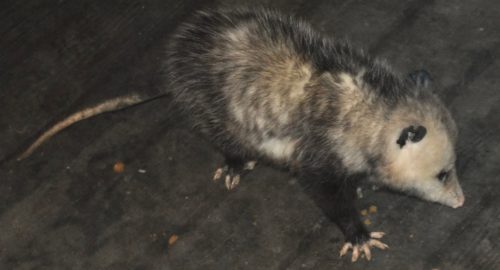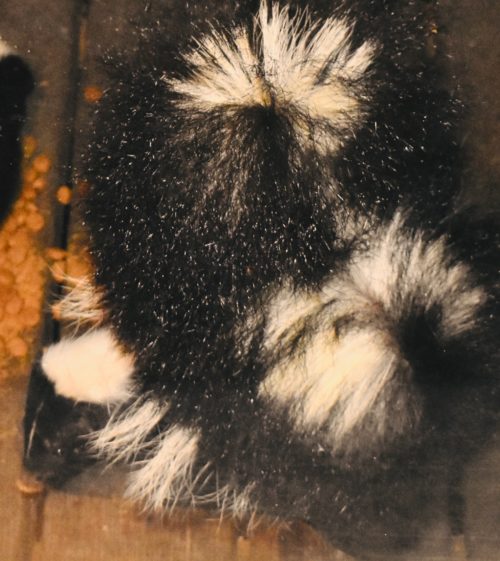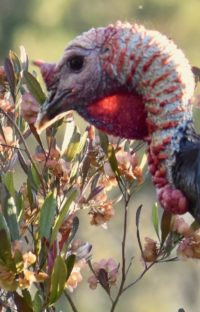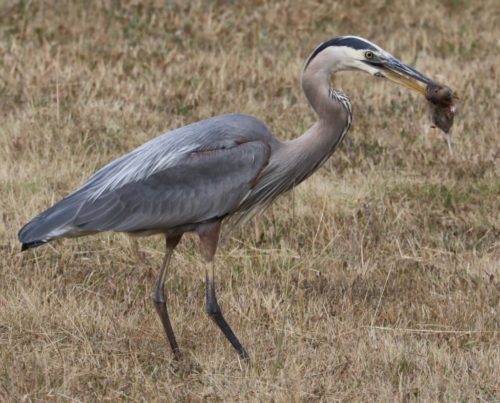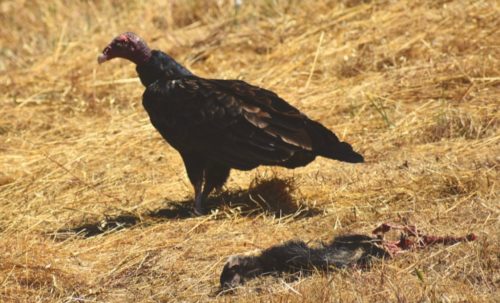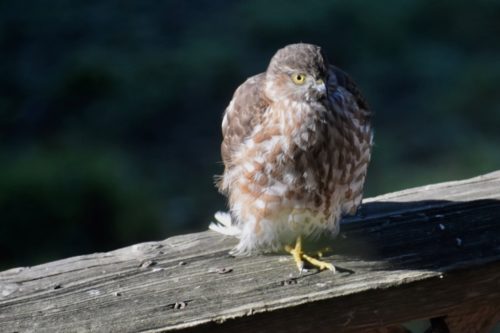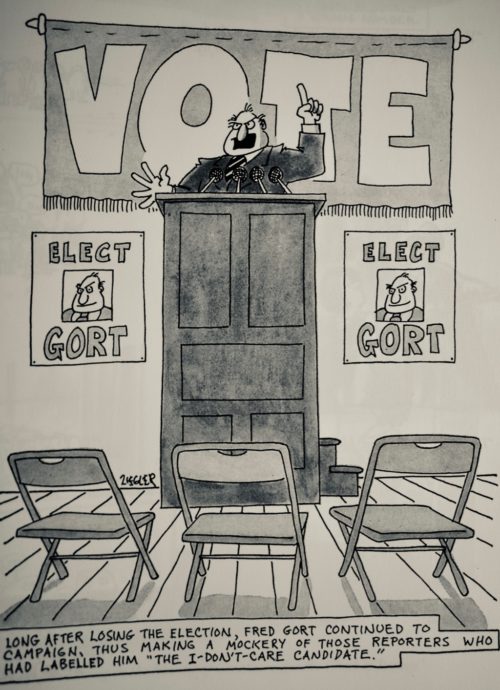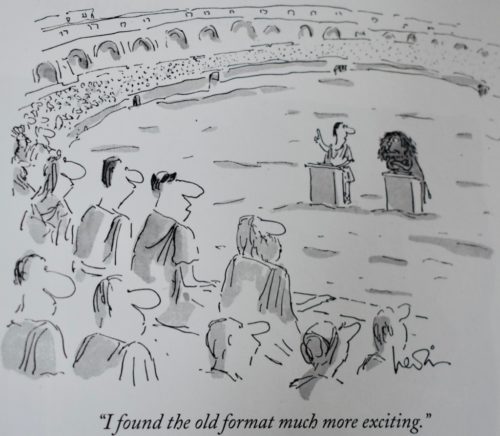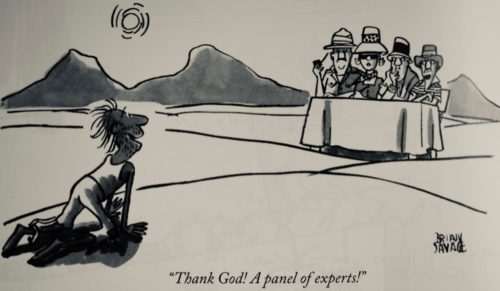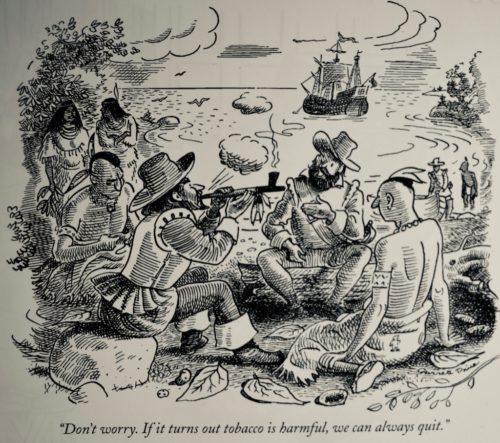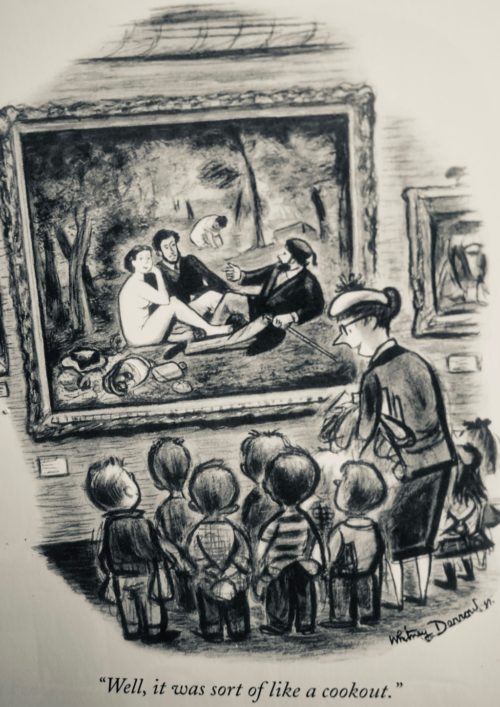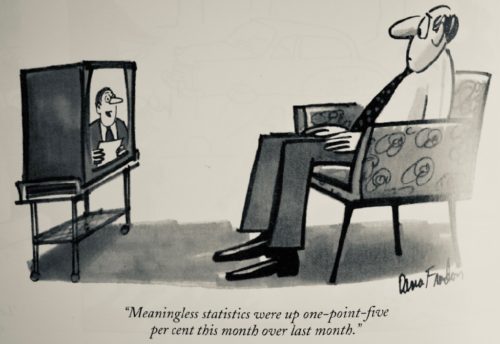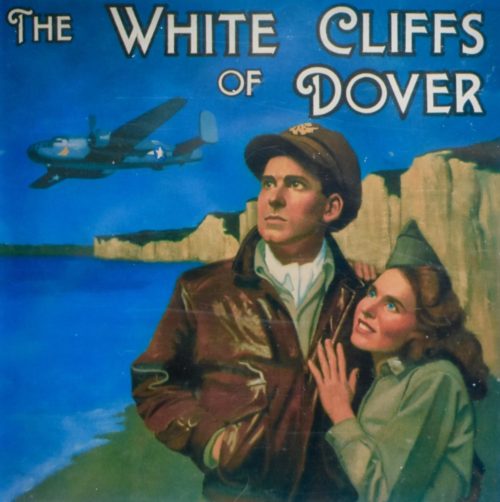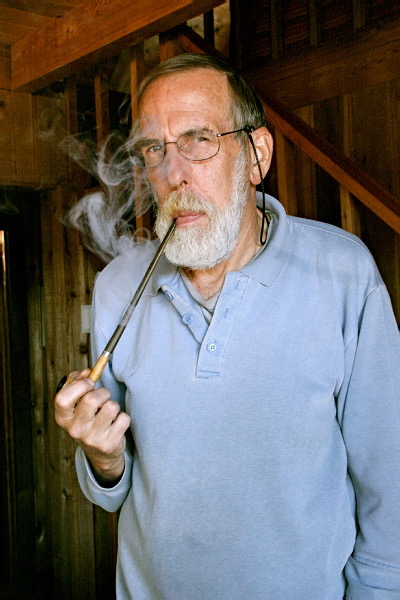Wed 14 Apr 2021
Croak and humor
Posted by DavidMitchell under Uncategorized
Comments Off on Croak and humor
Caveat lectorem: When readers submit comments, they are asked if they want to receive an email alert with a link to new postings on this blog. A number of people have said they do. Thank you. The link is created the moment a posting goes online. Readers who find their way here through that link can see an updated version by simply clicking on the headline above the posting.
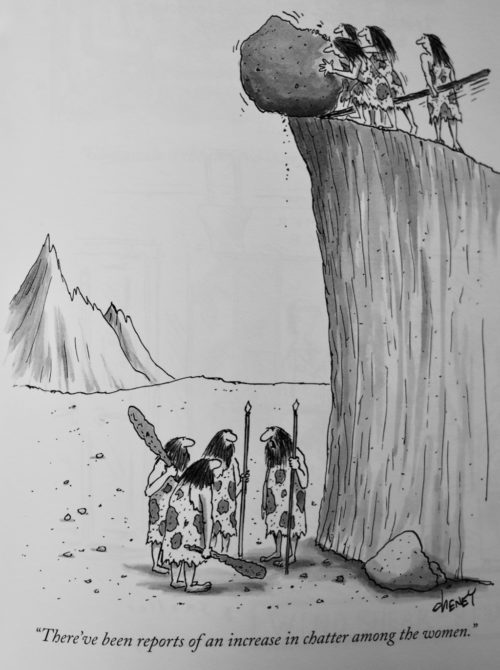
____________________________

I unknowingly carried a Western Fence Lizard, which had been hiding in our woodpile, indoors on a log last week. Unfortunately, our fireplace cost the lizard its tail and ultimately its life.
After I added a log to the fire one night last week, I noticed something squirming near it in the gray ashes. I checked. It was a lizard, and after several tries with gloves on my fingers, I managed to flip it out of the fireplace onto the floor, along with one red ash that singed a small spot on the carpet.
This species of lizard is known as a Blue Belly or Western Fence lizard, and the Blue Belly I’d just removed from the fire appeared to be dead. No movement whatsoever even when I picked it up. Since its flesh wasn’t burned, I guessed the lizard had passed out from the heat. I carried the creature to our kitchen sink and ran cold water over it. After a minute or so, the lizard seemed to be trying to move its legs. However, it couldn’t move them very much, so I treated it to some more cold water, laid it down on the counter, and gently straightened out its legs. After that the Blue Belly took a few steps before passing out again.
With no other ideas for resuscitating the poor critter, I put its lifeless body beside a geranium in a flowerpot on the deck. When I checked back the next day, the wretched reptile hadn’t left.
______________________________
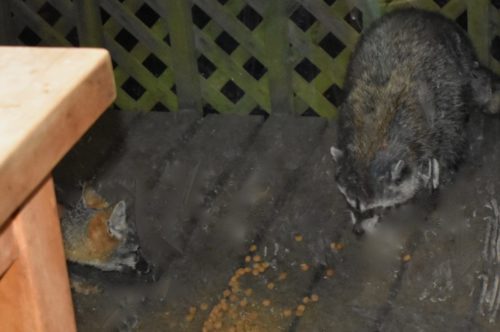
This vulpine-raccoonish ecumenical dinner was celebrated Sunday at Mitchell cabin’s kitchen door.
Raccoons show up at Mitchell cabin’s front and kitchen doors every evening begging for kibble, and we normally give them a few handfuls. Skunks and foxes occasionally show up to share their repast.
Elsewhere in Marin, foxes can be suspect. The Marin Humane Society awhile back had to put down a rabid fox near Novato. As for raccoons: “Although raccoons suffer from rabies more than any other mammal in the United States (about 35 percent of all animal rabies cases),” the national Humane Society reports, “only one human death from the raccoon strain of rabies has been recorded in the United States.”
_________________________________
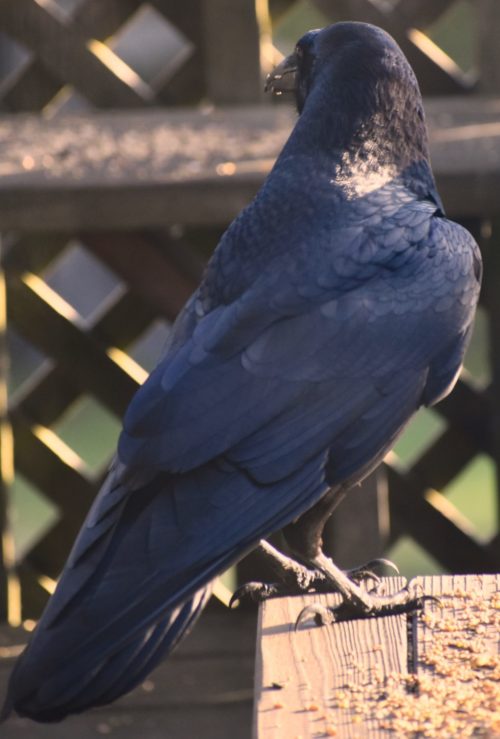
A croaker on a bench at Mitchell cabin Wednesday.
An easy way to tell a raven from a crow is that ravens croak whereas crows caw. Easier yet, the tails of ravens are wedge shaped while the tails of crows are fan shaped. Easiest of all, only the ravens squawk, “Nevermore,” if you call out the name Lenore.
_______________________________
